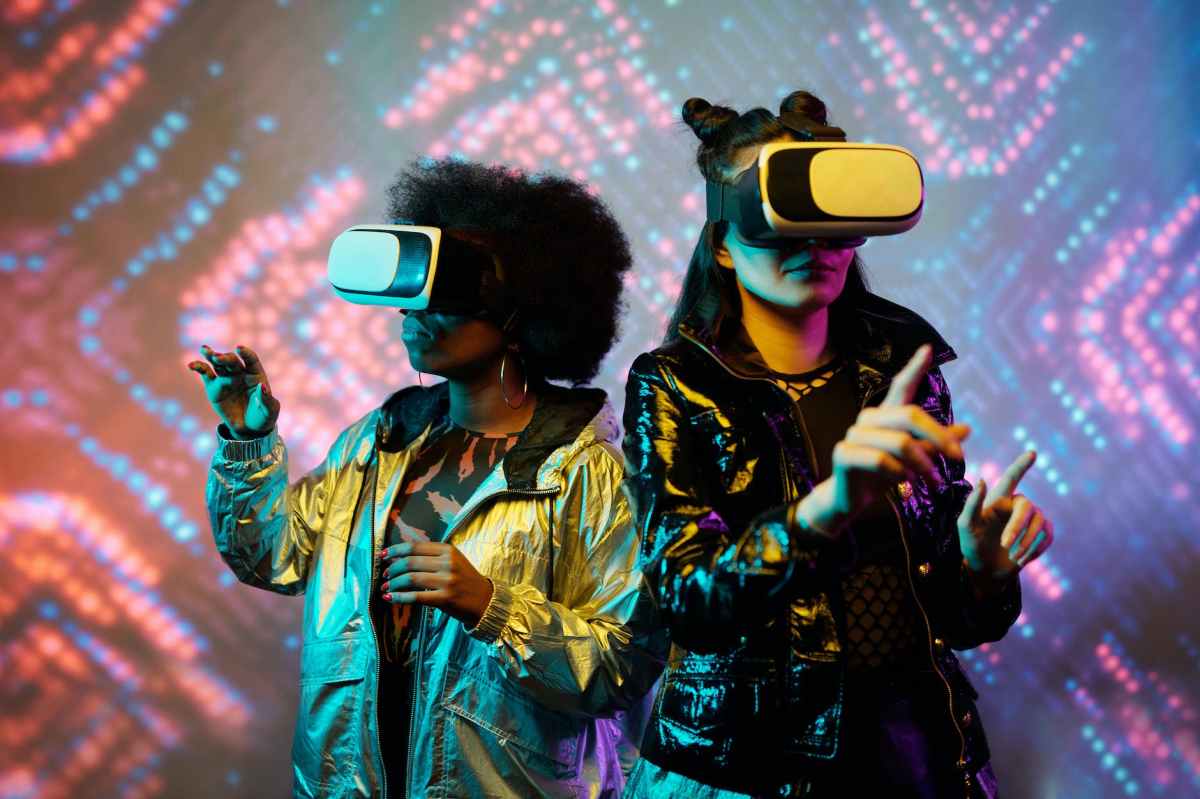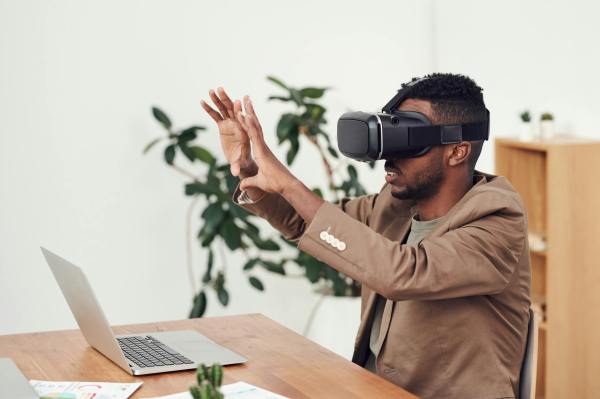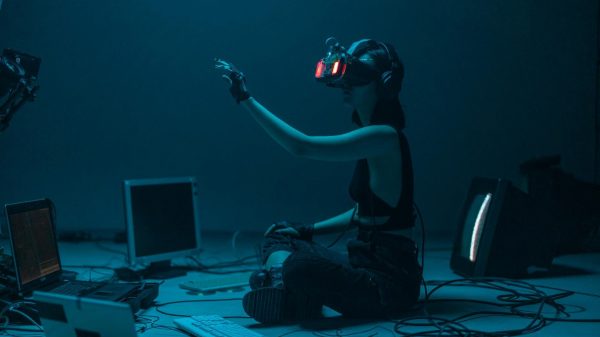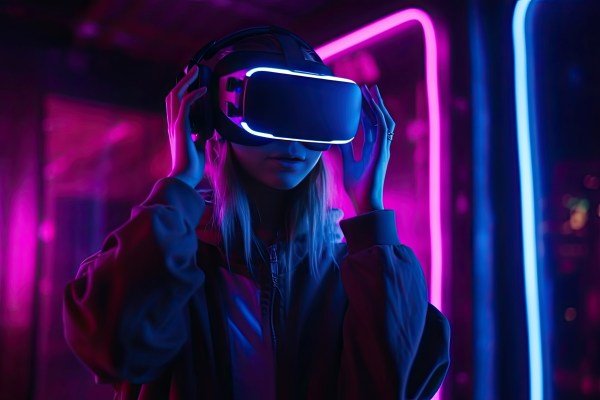Although the term was born in 1992 (in the novel Snow crash by Neal Stephenson), the metaverse has been gaining prominence in recent times, as well as other associated terms such as NFTs or web3, which is not the same as the metaverse.
Let’s take a look at some examples of how this new technology can impact our daily lives in both leisure and professional environments, beyond being a focus for generating new jobs.
Second Life
Second Life was born two decades ago, specifically in 2003, and is considered by many experts as the first case of virtual metaverse, a platform where you only need to register and create an avatar to access this second life.
Second Life users are known as residents and can explore thousands of experiences and virtual communities in which, as explained on its own website, there is the possibility of sharing your story or contacting other people with similar experiences to yours.
There is also a virtual marketplace that can offer real benefits in a virtual economy.
As a curiosity, even some countries (Maldives, Sweden and Estonia being the first three, all of them in 2007) have diplomatic offices in Second Life.
Roblox
Roblox was born in 2004 as an online video game and game creation platform that has evolved into a metaverse platform that continues to grow and allows users to create, play and trade in the virtual environment.
The development of Roblox has attracted developers and companies in such a way that it is even allowing developers to earn money from their creations, which they can spend on the platform itself or charge for it.
Thus, a possible definition of this platform is a combination of game engine, development tools and online store for games.
Pokémon Go
In 2016, Pokémon Go revolutionized the world.
This geolocation-based augmented reality video game for cell phones led millions of people to search for and capture characters from the Pokémon saga found in real-world locations.
Unlike other metaverses, Niantic (the company that created Pokémo Go and its subsequent evolutions) speaks of a “real-world metaverse” in which virtual elements are added to the physical world with the help of the cell phone camera and without the need for specific devices.
Meta
The announcement of the reconversion of Facebook into Meta at the end of 2021 with the focus on the development of the metaverse made this term reach very high levels of popularity.
As they explain on their website, from their perspective “the metaverse will not only be for gamers or developers, it will be for everyone” with an estimate that in the next decade it will reach one billion people.
In order to reach these levels of popularity, the company’s intention is to make it a space where different types of activities can be held, from work meetings, attending concerts, talking to friends or playing videogames.
Telefónica at MWC
2023 allowed users to take a virtual tour of the operator’s stand using a computer or virtual reality glasses through the Spatialplatform.
Thanks to this virtual recreation of the physical space, virtual visitors were able to discover in detail the demos that the company presented at the fair, follow live the presentations of the agora or have the support of a technology guru who helped to solve users’ doubts.
Movistar Inmersive Experience
Movistar has created its own virtual world: Movistar Immersive Experience. A recreation of a ‘Movistar City’ in which users can interact with friends and other users to learn about the products and services offered by Movistar in this virtual space. Here you can play football interactively or navigate and play in the immersive world created by the artist Okuda San Miguel, among many other options.
Conclusion
As we have seen throughout the article, the evolution of the metaverse (or more specifically the different metaverses) depends on many different characteristics depending on the example we are analyzing, although it is true that it is by no means a homogeneous concept.







